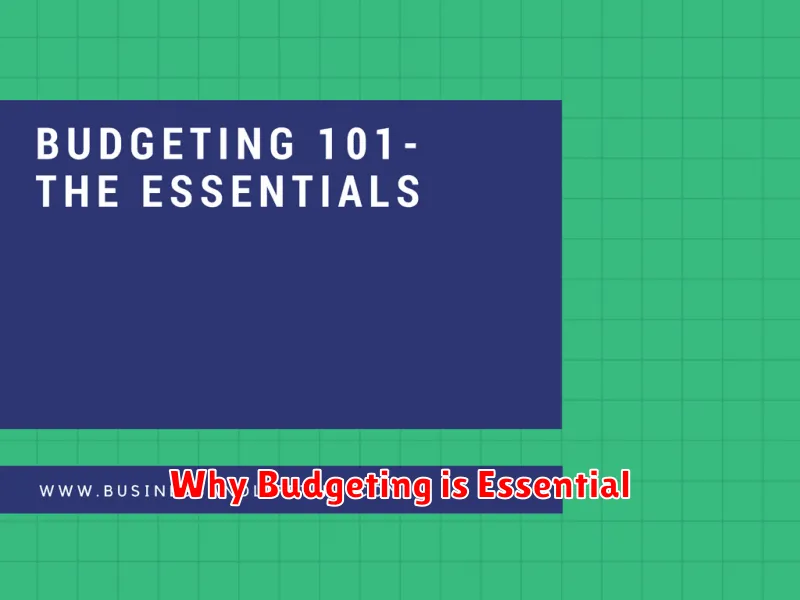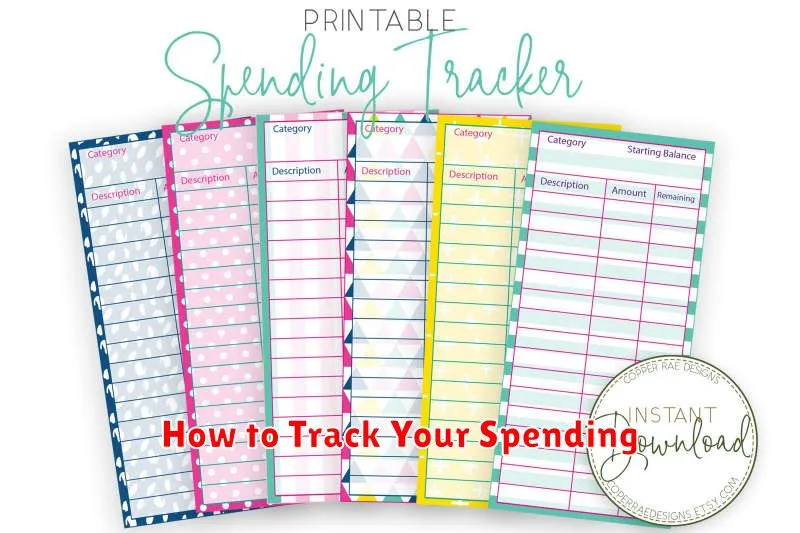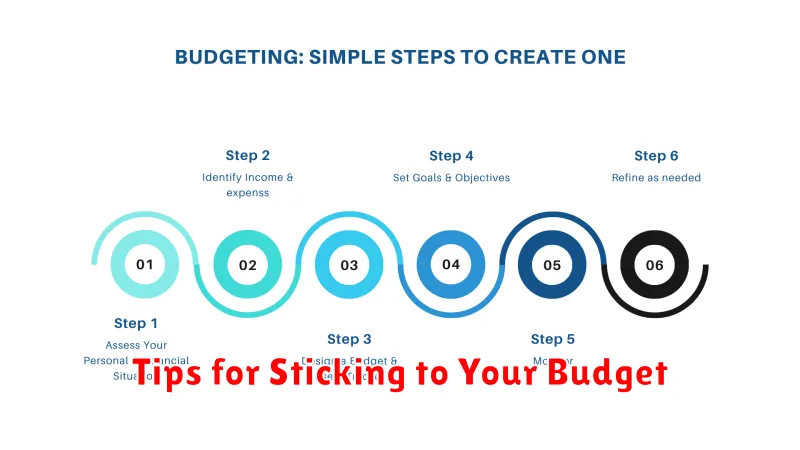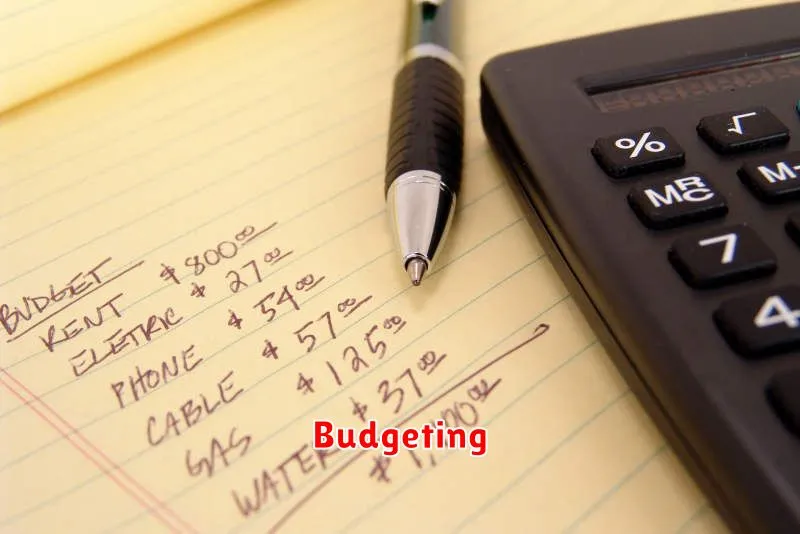Are you tired of feeling stressed about money? Do you long for the peace of mind that comes with knowing your finances are in order? Budgeting is the key to unlocking a stress-free financial life. It empowers you to take control of your money, make informed decisions, and achieve your financial goals.
This article serves as your comprehensive guide to mastering the art of budgeting. We’ll explore practical strategies and techniques that will not only help you create a budget but also teach you how to stick to it effortlessly. Get ready to say goodbye to financial worries and hello to a future where you are in the driver’s seat of your financial journey.
The Basics of Budgeting
Budgeting, at its core, is about creating a plan for your money. It’s about understanding how much you earn, how much you spend, and making conscious decisions about where you want your money to go.
The fundamental equation of budgeting is simple: Income – Expenses = Savings.
To get started, track your income and expenses. Note down every dollar coming in and going out for a month. This will give you a clear picture of your current financial situation.
Next, create a budget that aligns with your financial goals. Whether it’s saving for a down payment, paying off debt, or simply having more financial security, your budget should reflect what’s important to you.
Remember, budgeting isn’t about restriction, it’s about empowerment. It’s about taking control of your finances and making informed decisions that lead to a brighter financial future.
Why Budgeting is Essential

Budgeting is often perceived as restrictive and complicated. However, creating and sticking to a budget is essential for a healthy financial life. It’s not about limiting your freedom, but rather about gaining control over your money and making informed decisions about your spending and saving habits.
A well-planned budget provides a clear picture of your income and expenses. It allows you to track where your money goes, identify areas of overspending, and allocate funds towards your financial goals, whether it’s saving for a down payment on a house, paying off debt, or investing for the future. Without a budget, it’s easy to fall into a cycle of living paycheck to paycheck, accumulating debt, and feeling financially stressed.
Different Types of Budgets and How to Choose the Right One
There are various budgeting methods, each catering to different personalities and financial goals. Understanding these can help you choose one that aligns with your needs and sets you up for success.
1. 50/30/20 Budget: This popular method allocates 50% of your after-tax income to needs (rent, groceries, utilities), 30% to wants (dining out, entertainment, shopping), and 20% to savings and debt repayment. It’s a straightforward approach ideal for beginners.
2. Zero-Based Budget: This detailed method involves assigning every dollar a specific purpose, leaving no room for unaccounted funds. It requires meticulous tracking but provides a clear picture of your cash flow, making it suitable for those seeking greater control.
3. Envelope System: This tangible method involves dividing your cash into envelopes labeled with different spending categories. Once an envelope is empty, spending in that category stops. It promotes mindful spending and can be helpful for those who overspend with cards.
4. Pay Yourself First Budget: Prioritizing savings is the core of this method. You allocate a predetermined amount towards savings and investments before addressing other expenses. This approach encourages building financial security.
Choosing the Right Budget: Consider your personality, financial goals, and lifestyle. Are you a meticulous planner or prefer flexibility? Are you saving for a down payment or paying off debt? The best budget is one you can realistically maintain over time.
How to Track Your Spending

Tracking your spending is the foundation of successful budgeting. Without knowing where your money is going, it’s impossible to effectively plan and allocate your income. Thankfully, there are numerous methods to gain control over your finances and track your expenses.
Traditional Methods:
- Notebook and Pen: The simplest approach is to manually jot down every expense. While straightforward, it requires diligence and organization.
- Spreadsheets: For those who prefer a digital approach, spreadsheets offer a customizable solution to categorize and analyze spending.
Digital Tools:
- Budgeting Apps: Numerous apps like Mint, YNAB (You Need a Budget), and Personal Capital connect directly to your bank accounts and automatically categorize transactions, providing a comprehensive overview of your finances.
- Bank Statements and Credit Card Bills: These provide a monthly record of your transactions, though they might require manual categorization.
No matter the method, consistency is key. Aim to track your spending daily or weekly to stay on top of your finances and make informed decisions about your money.
Tips for Sticking to Your Budget

Sticking to your budget takes discipline and consistency. Here are some practical tips to help you stay on track:
Track your spending. Use budgeting apps, spreadsheets, or a simple notebook to monitor where your money goes. This helps identify areas of overspending and adjust accordingly.
Set realistic goals. Start with achievable targets to avoid feeling overwhelmed. As you make progress, gradually adjust your budget to be more ambitious.
Find a budgeting method that works for you. Experiment with different approaches, such as the 50/30/20 rule or the envelope system, until you find one that suits your lifestyle and spending habits.
Automate your savings. Set up automatic transfers to your savings account each month. This ensures you prioritize saving before spending.
Review your budget regularly. Don’t just set it and forget it. Review your budget monthly or quarterly, making adjustments based on your current needs and financial goals.
Celebrate small victories. Acknowledge your accomplishments along the way. This helps stay motivated and reinforces positive financial habits.
Tools and Apps to Simplify Budgeting
Thankfully, the days of tedious spreadsheet budgeting are fading. A plethora of budgeting apps and online tools are available to streamline the process and even make it enjoyable. These tools can connect directly to your bank accounts for real-time tracking, categorize expenses automatically, and provide insightful reports on your spending habits.
Some popular options include Mint, YNAB (You Need A Budget), and Personal Capital. These platforms offer a range of features, from simple expense tracking to sophisticated investment analysis. Explore different options and choose one that aligns with your needs and preferences.
Don’t be afraid to experiment! Most apps offer free trials so you can find the perfect fit before committing. Utilizing these tools can simplify your budgeting process, saving you time and reducing financial stress.
The Role of Savings in a Healthy Budget
Saving plays a critical role in a healthy budget. It’s not just about stashing away extra cash; it’s a proactive measure to build financial security and achieve your goals.
A robust savings plan acts as a buffer against unexpected expenses, preventing financial derailment when emergencies arise. This could be anything from a sudden medical bill to an urgent car repair. Without savings, these situations can quickly escalate into debt and financial stress.
Furthermore, saving empowers you to reach your long-term goals, whether it’s buying a home, funding your retirement, or traveling the world. By setting aside a portion of your income consistently, you’re actively investing in your future aspirations.
Integrating savings into your budget doesn’t have to be daunting. Start by setting realistic saving goals and automate regular transfers to a dedicated savings account. Remember, even small, consistent contributions accumulate significantly over time. Building a habit of saving is a crucial step towards achieving a stress-free financial life.

